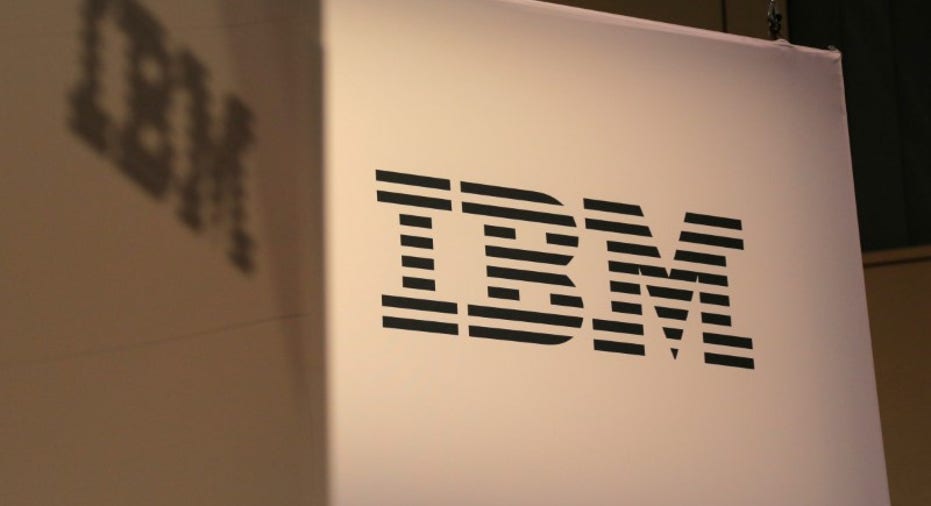IBM's blockchain business: An exclusive inside look

While 2017 may be the year in which bitcoin took the investing world by storm, 2018 may be the year when bitcoin's underlying technology, the blockchain, takes the business world by storm. In fact, IBM (NYSE: IBM) CEO Ginni Rometty said earlier this year that, "What the internet did for communications, I think blockchain will do for trusted transactions."
Bitcoin was conceived as a peer-to-peer currency with no central authority, in which the underlying blockchain technology was so transparent and un-alterable that no government entity was needed to govern transactions. That transparency and security is what is so attractive -- and perhaps revolutionary -- to industries such as global finance, shipping, and food safety. Of course, large corporations need a trusted party to run their blockchain networks. With its decades of experience in operating technologies for business, IBM is an early mover in this space.
I was recently afforded the opportunity to hold an exclusive interview with Jerry Cuomo, IBM's vice president of blockchain technologies, to learn more about IBM's active blockchain networks -- some of which are already very large and mature -- as well as the technology behind them. In Part 1 below, we'll go over some of what Cuomo had to say about the high-level picture of what blockchain is and how it is being used already by a variety of industries. In Part 2, I go over what he had to say about how blockchain works in IBM's cloud, how the technology was conceived in the Hyperledger Project, and the current competitive dynamic implementing this open-source technology.
Here are some of the highlights from my conversation with Cuomo. IBM provided the transcript. I edited some of the quotes for clarity.
Blockchain for business
I asked Cuomo to describe from a high-level perspective what blockchain technology is, from IBM's perspective. He said:
I then asked him about some of the different blockchains, or "active networks," as the company calls them, and how many of them IBM was currently running.
Industry applications
I asked Cuomo and to describe some of the more prominent active networks IBM is managing.
Cuomo went on to talk about some of the other active networks, what they do, and the companies involved.
I was astounded at the 10x number, and what it could mean for transforming business and society. But what I learned next showed me how blockchain could also impact everyday citizens in important ways.
Preventing Equifax-like scenarios
Blockchain has also been mentioned as a way to prevent fraud and hacking, such as we saw in the Equifax data breach of 2017. With cybersecurity and privacy concerns on the rise, I asked Cuomo how blockchain technology can help prevent incidents like these in the future.
While the applications of blockchain are fascinating, investors are likely interested in how IBM built out its active networks, and what it may mean for IBM as a company, as well as its enterprise IT competitors. In Part 2, Cuomo and I delve into the nuts and bolts of how IBM's blockchain works, how it was conceived, and how investors should think about IBM blockchain with respect to industry competition.
10 stocks we like better than IBM When investing geniuses David and Tom Gardner have a stock tip, it can pay to listen. After all, the newsletter they have run for over a decade, Motley Fool Stock Advisor, has tripled the market.*
David and Tom just revealed what they believe are the 10 best stocks for investors to buy right now... and IBM wasn't one of them! That's right -- they think these 10 stocks are even better buys.
Click here to learn about these picks!
*Stock Advisor returns as of December 4, 2017
Billy Duberstein owns shares of IBM and Kroger. The Motley Fool recommends McCormick. The Motley Fool has a disclosure policy.



















